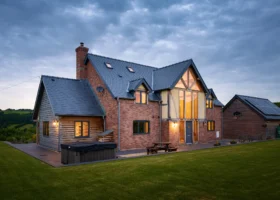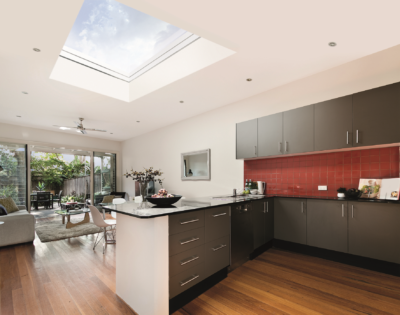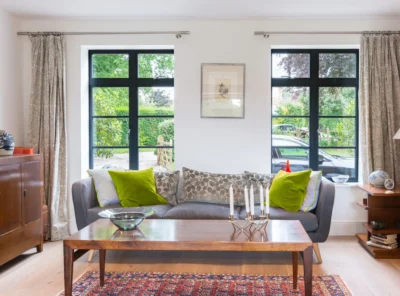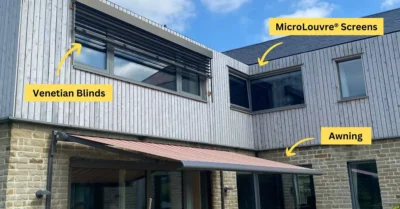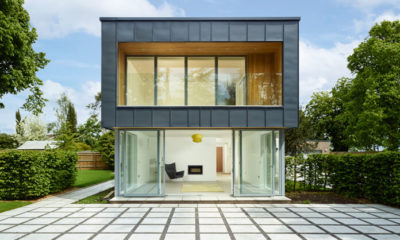Conservation Rooflights: Specifying Overhead Glazing For Heritage Homes
Conservation rooflights are used on heritage and period-style homes to ensure the new glazing fits with the property’s traditional design.
They play an important role in striking the right balance between old and new, bringing in additional daylight while complementing the home’s own distinctive character. No matter the age or style of your home, one of the most important aspects of creating a comfortable and liveable zone is the amount of natural light that flows inside. Rooflights are an ideal solution for letting sunshine flood in from the top of your house, which will filter down through your home.
This type of fenestration is often specified in barn conversions, loft conversions or in the roof of extensions. It’s an ideal solution for illuminating spaces that may otherwise suffer from a lack of daylight, and where conventional vertical windows can’t be easily installed.
But what do you need to know about renovating or building a period-style home and your choice of windows? Here, we’re take a look at the key considerations.
When Do I Need Conservation Rooflights?
If you’re working on a property that’s listed, is in an area of outstanding natural beauty or situated in a conservation area, you’ll need to specify glazing that meets specific Building Regulations and planning requirements, as well as satisfying the standards of your local conservation officer. These are referred to as conservation rooflights.
“Conservation rooflights are required to ensure that the project fits with the architectural and historic interest of the area,” says Sarah Hastings of Fakro. Of course, these specialist conservation windows can also be fitted by homeowners that want to achieve an authentic traditional look, or maintain a period feel throughout their home.
Conservation rooflights are most often used in sympathetic renovation projects. They will help to ensure the scheme is in keeping with the character of the building and its surrounding area. But it’s worth noting that, just because something is labelled as a conservation rooflight, this doesn’t automatically make it suitable for all types of heritage project. Before investing, be sure the product meets the criteria set by your conservation officer.
Inspiring Projects: Listed Home Extensions: 12 Characterful Designs
How Do Conservation Rooflights Differ from Regular Rooflights?
Conservation designs tend to have slender framework to minimise their visual impact. There are a few other small differences, too. “A conservation rooflight is similar to a standard version, but the external colour is black with a black central mullion bar,” says Sarah.
Rooflights became prominent during in the Victorian period – a time when building technology was evolving at an astonishing rate, especially in relation to glazing. The popular and mass-produced residential rooflights of the era were fabricated from cast iron, so modern units come with a black external finish to emulate the look.
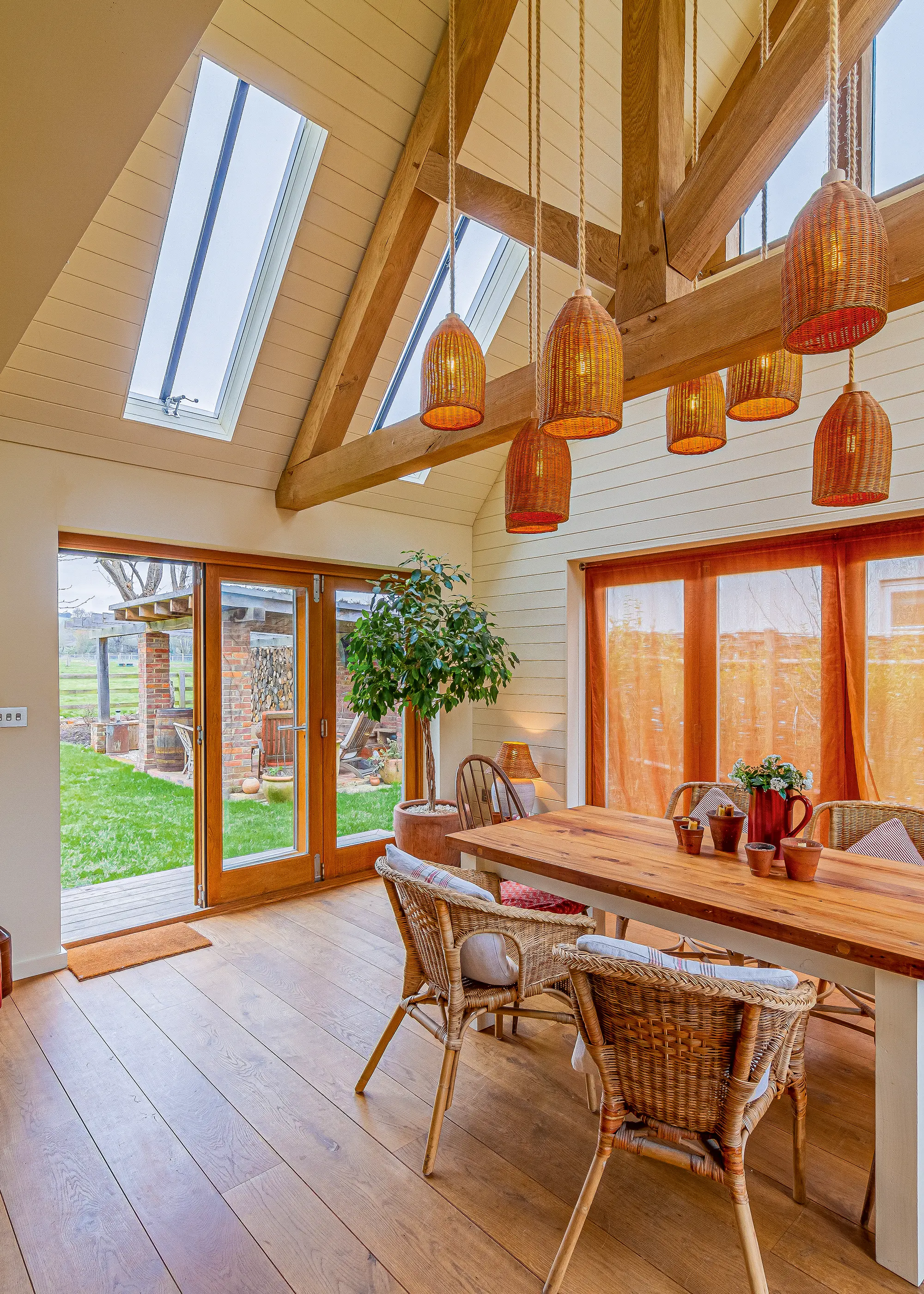
The owners of this property, which is located within a conservation area in Henley on Thames, maximised their living space using The Rooflight Company’s conservation rooflights
In terms of what your conservation office may stipulate, they’ll likely want a traditional-style glazing bar to replicate the authentic appearance. Not all conservation windows have the mullion bar, but if your project does require it for authenticity, then you should look for units with an integral bar that divides the glazing and provides additional strength to the casement. Some versions have the bar stuck to the glazing, or fixed over it, simply for aesthetics.
When it comes to the finer details of conservation rooflights or windows, there are several features that must be included to ensure the true characteristics of original Victorian roof windows are protected.
In terms of the frame, authentic conservation designs should have slim clean lines and a low-profile. Anything too bulky would sit proud of the roofline and not offer a clean finish, especially matched against something like slate. “The stipulation for a flush finish with the roofline is a key element, as it is crucial that the introduction of the rooflight is unobtrusive and doesn’t detract from the original character and features of the building,” says Peter Daniel of The Rooflight Company.
Read More: Rooflights and Overhead Glazing: Design Ideas and Advice
EXPERT Q&A Installing & specifying conservation rooflightsSarah Hastings from Fakro answers your most commonly asked questions on specifying conservation rooflights Q. What should buyers look out for in terms of features of their conservation rooflights?A. Quality in terms of safety, ventilation, and adequate drainage – rooflights should come with these features as standard. Q. Do conservation rooflights require expert fitting?A They can be installed by a qualified builder – there’s no need for a specialist installer. Q. How long does the fitting process usually take?A An experienced builder will install a rooflight in a few hours. Q. What sort of maintenance is required for conservation rooflights, and how often?A Depending on the internal finish, the rooflight may need revarnishing every once in a while. However, metal and PVCu roof windows can be very durable and low-maintenance, as they only need to be wiped clean. |
What Hanging Options are there for Conservation Rooflights?
If you want your project to closely replicate original Victorian versions, then you should look for a conservation window that comes with a top-hung profile. There are benefits to this – firstly, you’ll create a more authentic finish, and secondly it will maximise on the space below the window as the casement won’t project out into the room.
However, if you are looking for something different, then you’re not confined to this configuration. As Fakro’s Sarah Hastings says: “There are many different hanging options available in conservation style – top-hung, centre pivot, high pivot, L-shaped and even electrically operated.”
In basic terms, when you are looking for the right rooflight for your project, there is a variety of options. Ultimately, the key thing is to ensure that it meets current building standards, as well as satisfies the requirements of your local conservation officer.
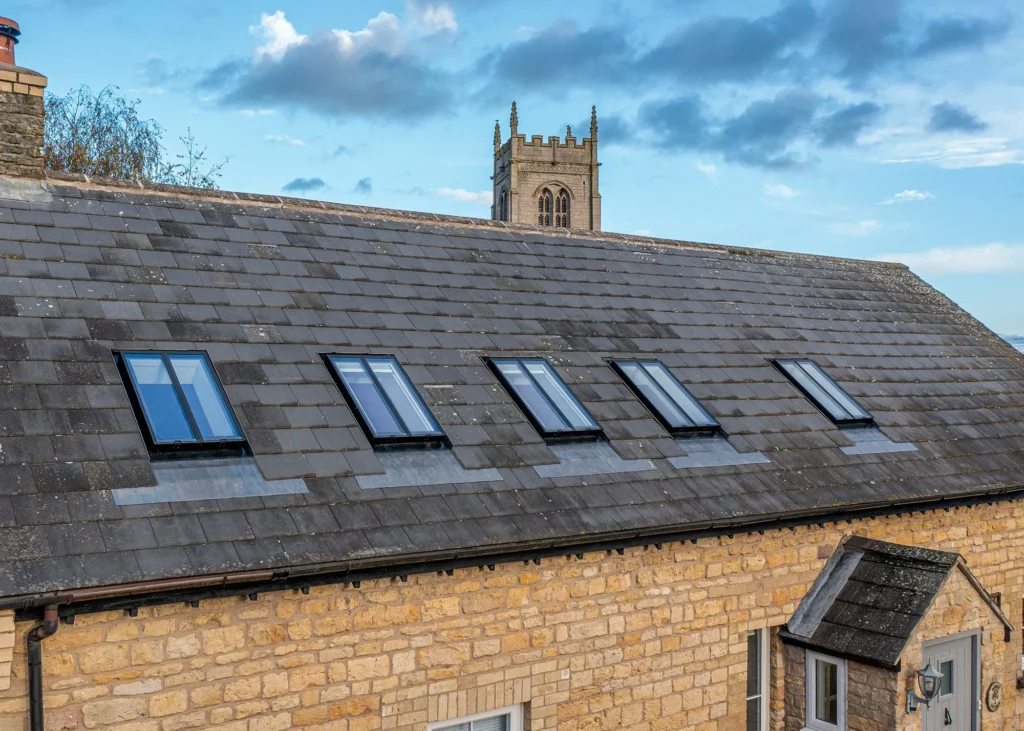
Rowan Cottage features conservations rooflights by The Rooflight Company sitting flush to the roof
Conservation Window Glazing Specifications
In terms of glazing, original Victorian rooflights would have been single glazed. But, for most modern buildings and conversion projects, you’ll be looking to match or exceed the minimum requirements for thermal efficiency set out in Building Regs Part L, so single glazing just won’t cut it.
Double glazing is the most popular choice for new overhead windows. Developments in glass technology means that the units can still remain very slender, while providing modern thermal benefits. “An original Victorian rooflight was only available with a single pane of glass, with a one-inch overlap at the cill. With modern thermal performance requirements, double glazed units are now essential to support the protection of our environment and conserve energy,” says Peter Daniel.
“It is possible to incorporate an insulated glazing unit whilst staying true to the authentic aesthetic – for instance, at The Rooflight Company our designs achieve this through the 25mm stepped glazing edge.”
Glazing specifications for your conservation rooflights can be tailored to provide different levels of performance in heat loss, solar gain and transparency. “In terms of gas fillings, the optimum thermal performance can be obtained with the combination of a 90% Argon filled cavity and 16mm spacer. Easy clean coatings can also be applied to the outside face of the glass, reducing the dirt that adheres to the glass and thus keeping it cleaner, for longer,” says Peter.
Renovating a period home and need advice for your project? Take a look at our complete guide to Home Renovations: 10 Steps to Successfully Renovating a House
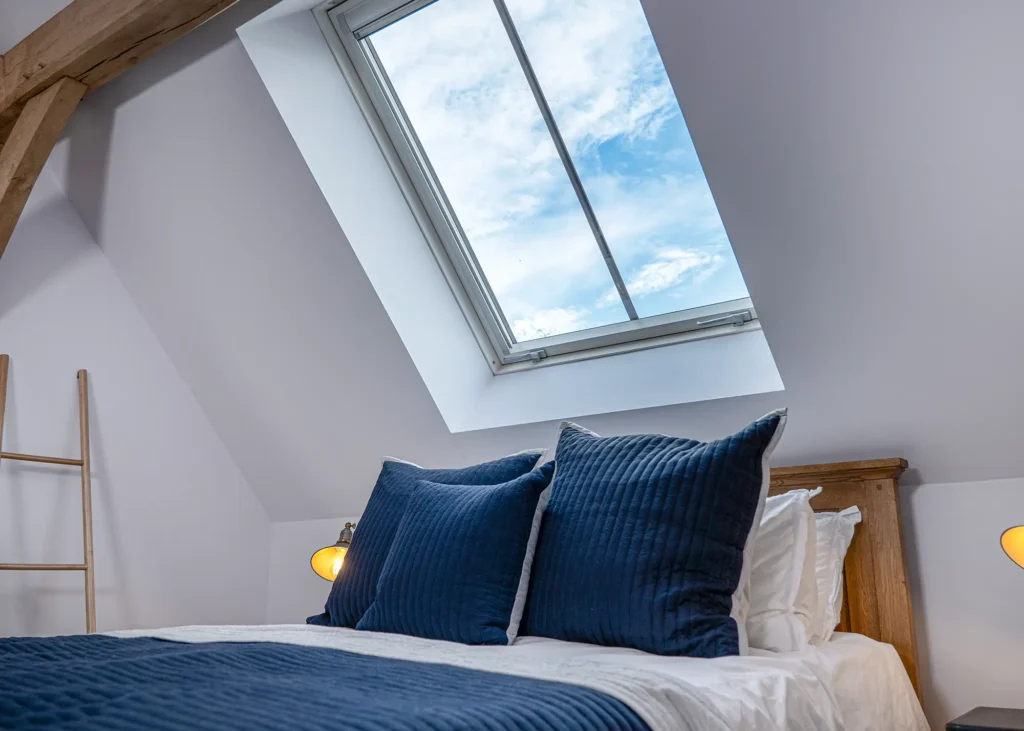
This conservation rooflight from Fakro has been used on a modern project where the owners wanted to achieve a heritage look
How Much do Conservation Rooflights Cost?
For a rough idea of prices, Fakro’s Sarah Hastings explains that the company’s conservation rooflights start from £436 each, plus VAT. But if you want to obtain a more precise cost for your overall scheme, the best thing to do is contact manufacturers directly to discuss your project and requirements, so the can help you identify the best products for the job.
“Dealing directly with the rooflight manufacturer ensures they can fully understand the nuances of your project and deliver the most suitable size and configuration to meet the needs of your heritage build,” says Peter Daniel.
“When it comes to conservation rooflights there is no ‘one-size fits all’ approach. To deliver a truly authentic solution, it’s therefore always best to engage with your chosen manufacturer – they will really want to help you to achieve the right result for your project.
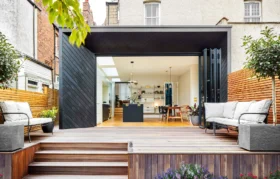































































































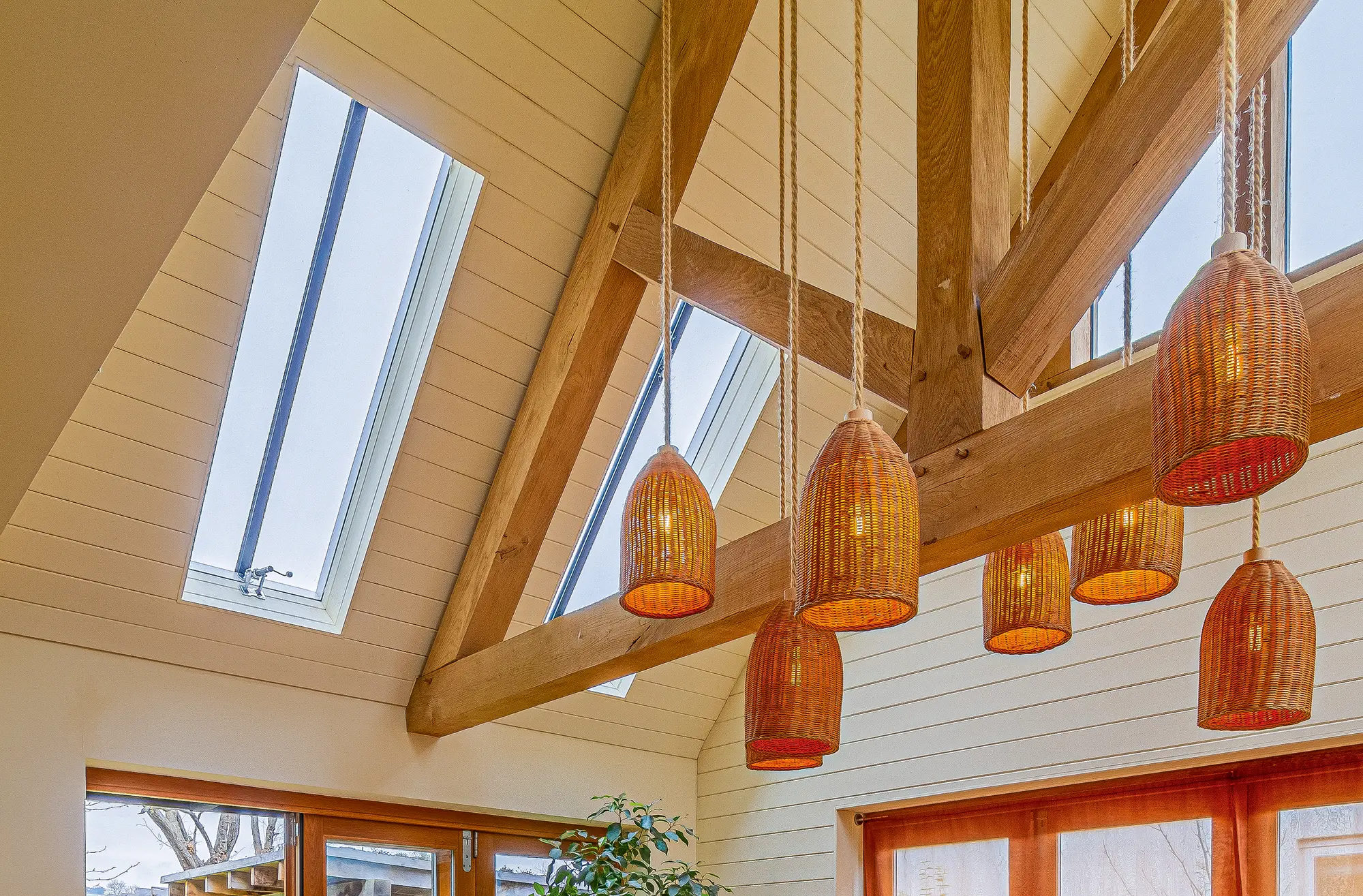
 Login/register to save Article for later
Login/register to save Article for later

